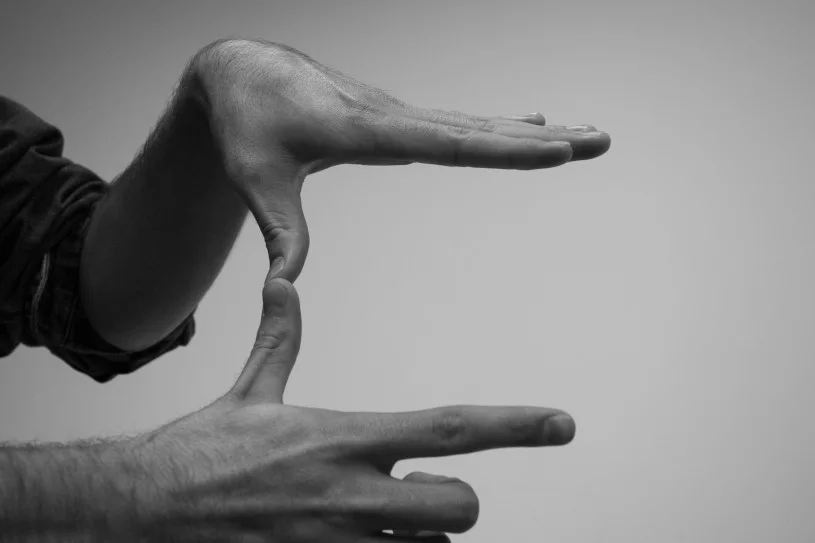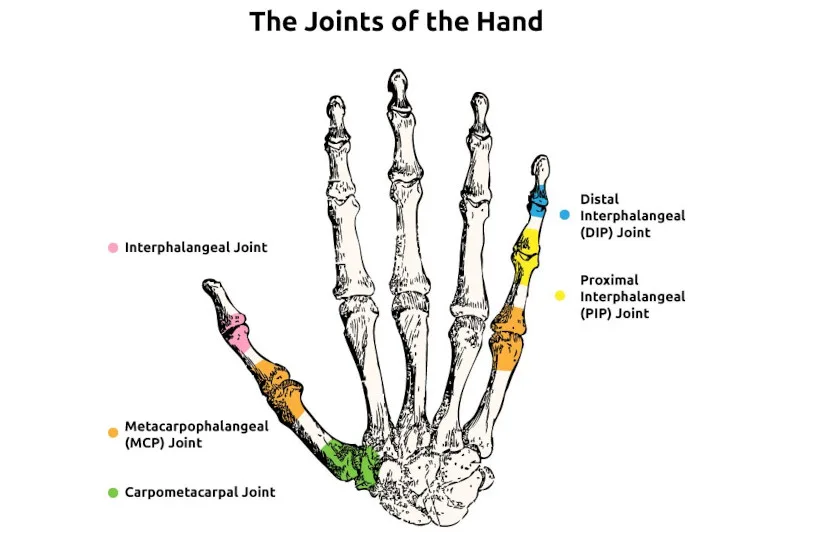
Trigger Finger and Trigger Thumb
What is trigger finger?
Trigger finger, is a condition where a finger locks in a bent or flexed position. Subsequent catching or clicking occurs on attempts to straighten. This can also develop at the thumb; this is known as trigger thumb. Trigger finger is diagnostically known as stenosing tenosynovitis and is a common hand ailment. In addition, those prone to developing a trigger often have sustained hand injuries or finger injuries.
A common risk factor for developing trigger finger can be diabetes. Furthermore, nodules arising from rheumatoid arthritis can also contribute to the development of trigger finger. However, trigger finger is not considered a sign of osteoarthritis.
Flexor Tendon Hand Anatomy and its Relationship with Trigger Finger
A little about a flexor hand tendon. Firstly, the flexor tendons of the hand run through a system of hand ligaments and pulleys that help keep them in place. This allows them to move and glide. These ligaments and pulleys are termed annular (A) or cruciate (C). In the fingers, there are 5 annular pulleys (A1, A2, A3, A4 and A5) as well as 4 cruciate pulleys (C0, C1, C2 and C3). Finally, in the thumb, there are 3 annular pulleys (A1, Av and A2) and 1 oblique pulley.

What causes trigger finger?
Trigger finger or stenosis tenosynovitis is caused by a thickening of a flexor tendon pulley. Most commonly the A1 pulley. It causes a friction effect on the smooth flexor tendon sheath, known as synovium. This effect results in “triggering”. Thus the name stenosis tenosynovitis.
Trigger Finger Symptoms
Is trigger finger a serious condition?
Trigger finger is typically not a serious condition, especially if identified early. Conservative management, without surgery, can be effective. In rare circumstances, a trigger may worsen to the point of contracture (i.e. Grade 4). Early Hand Therapy intervention is key. If left to degrade, the chances of you requiring surgery for a trigger increases.
Trigger Finger Treatment
Both hand therapy and hand surgery have their place in their treatment of trigger thumb or trigger finger. Firstly, it is important to understand how the severity of triggering is graded:
Grade 3 or Grade 4 trigger trigger finger will likely require input from a hand surgeon. A steroid injection, a release of the flexor tendon through the skin with a needle or a surgical decompression may be considered. Visit The British Society for Surgery of the Hand for more information. I can also provide hand surgery aftercare if you have had a procedure or operation to address your trigger. Enquire here
What is the best way to treat trigger finger?
The best way to treat trigger finger is with activities and supports that will decrease inflammation and increase your movement while eliminating the chance for your flexor tendon to catch or lock and decrease. The top 2 ways to treat a trigger are with guided exercise and splinting. These applications are expanded more below.
ExercisePassive exercise versus active exercise, will help improve the movement in your fingers, without flaring up your symptoms. Firstly, passive means using external pressure, from your opposite hand, to create movement. Secondly, active means using your own muscle force to create movement. It is important to remember that repetitive active movement will only contribute to more catching / locking. Above all, do not attempt to use hand exercisers like stress balls or grippers. They can aggravate your pain and triggering.
Try immersing your hand in warm water for a few minutes. Then, with your triggering thumb or finger completely relaxed and floppy, gently use your opposite hand to bend and straighten. This passive movement should not be performed quickly or in a bobbing motion. Slow and controlled is key. Aim to hold the stretch for up to 15-30 seconds in each direction, as tolerated. To clarify, passive exercise can prove to be a bit sore at first. Do not let this stop you, but also do not force your hand into extreme pain. Be gentle, expect some discomfort, persevere and be ready to say goodbye to stiffness!
Splinting
A splint is a device that can provide support to a thumb or finger during activity. Many splints prevent movement at certain knuckles. With trigger finger, off-the-shelf or custom-made splint options may be considered. That is to say, the right type of splint can help prevent catching or locking and can eventually eliminate the triggering in many cases.
As an Occupational Therapist, and hand specialist, I can identify at what pulley level your triggering is originating from. After that, I will make a clinical decision on what splint is right for you. The right kind of splint may be one that stops movement or immobilises the MCP joint or proximal interphalangeal (PIP) joint in the finger or MCP joint or interphalangeal (IP) joint in the thumb.


